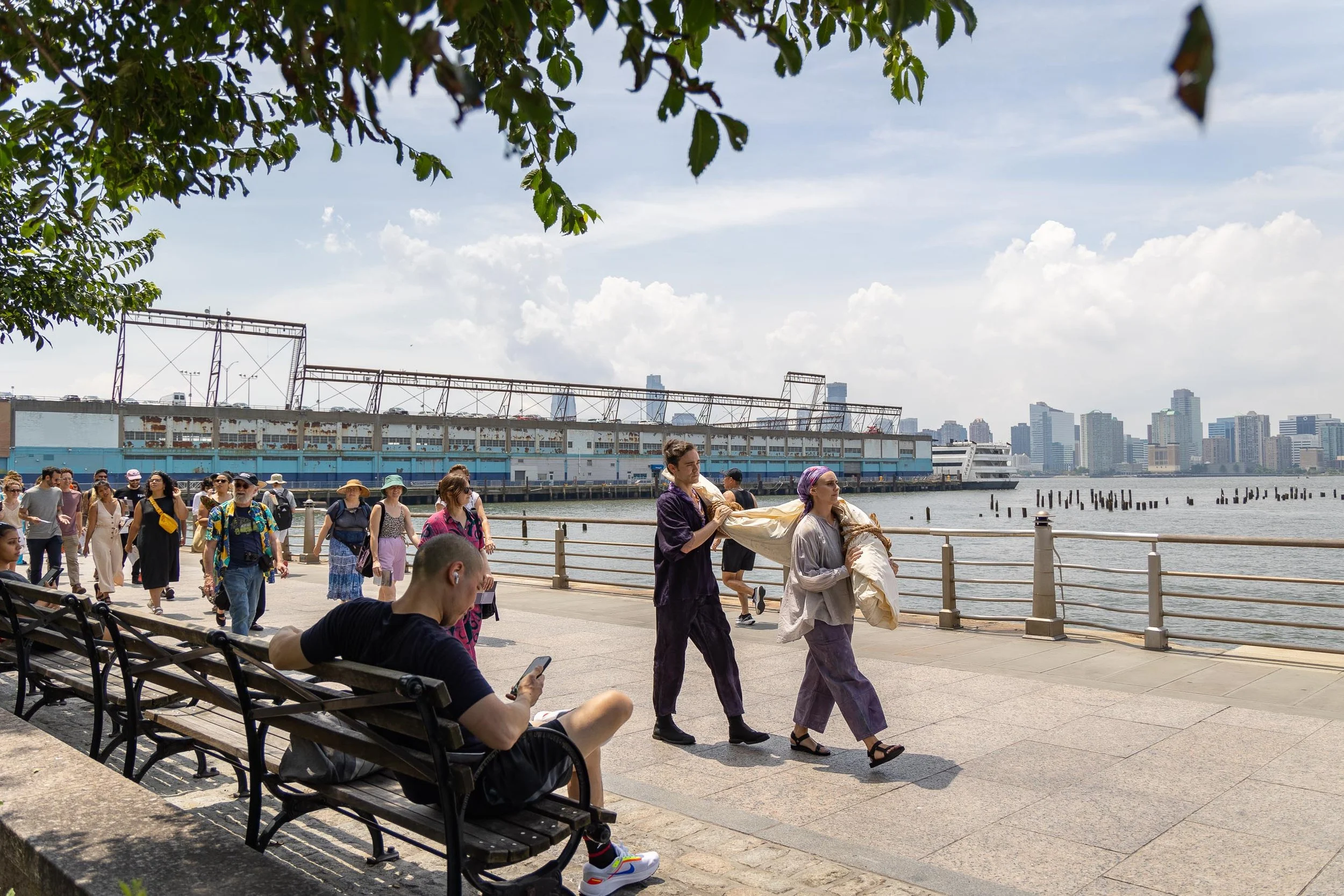
a haunted botany: a performance for a fugitive dye
〰️
a haunted botany: a performance for a fugitive dye 〰️
Logwood is a hardy shrub native to the swampy coasts of present-day Belize. Once used by the Maya for medicine, weapons, and pigment, its red-toned core became a prized source of purple and black dyes—colors rare in nature and highly valued in European royal and military fashion. By the 1600s, Spanish colonizers were extracting it extensively, even as it was dismissed by some as a “fugitive” dye for its tendency to fade. Still, its value fueled piracy in the Caribbean and reshaped global trade.
Logwood’s extraction relied on enslaved and indentured laborers forced to work in brutal swamp conditions—terrains that also served as sites of resistance and refuge. The British used control over these landscapes to justify new systems of private property, linking land ownership to domination. Though its popularity in textiles waned by the 1800s, Logwood remains essential in science today as a cell dye for microscopy and disease research. A largely forgotten plant, Logwood funded empires and left behind legacies of rebellion, ecological damage, and exploitation.
INFO ABOUT SPECIFIC PERFORMANCE
LOCATION/DATE
PERFORMERS
COMMUNITY PARTNERS
funding/grants
Photos by Auden Barbour





